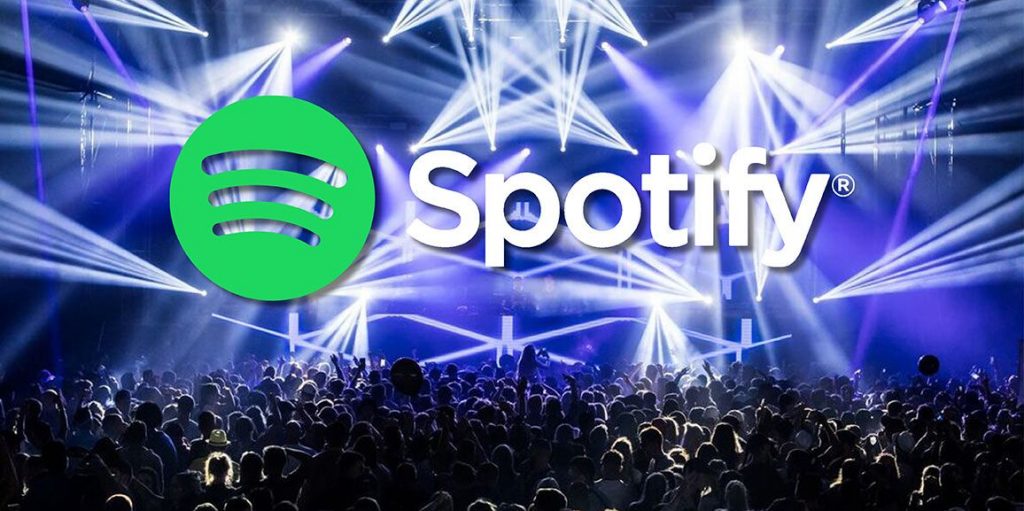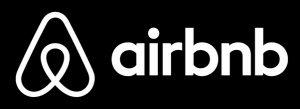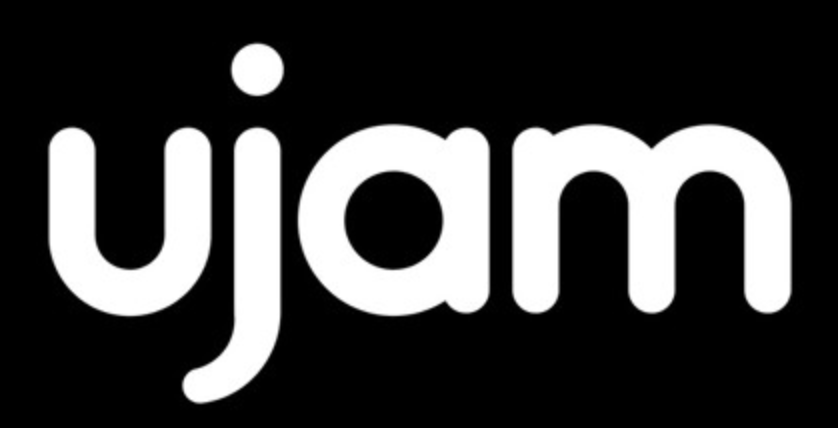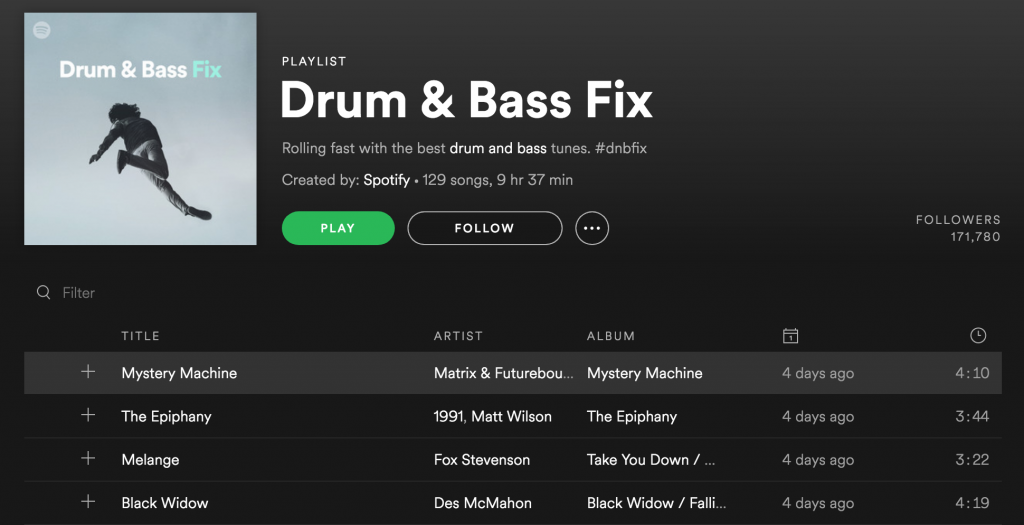 You’ve probably come across automated song crossfading in iTunes and Spotify, this is nothing new for lovers of the most popular music streaming services, however, a new feature for Spotify lovers to get excited about is the introduction of dynamic auto-mixing technology within it’s playlists. The first playlist to rinse it out proper is the Drum and Bass Fix playlist, go give it a spin and let me know what you think in the comments below.
You’ve probably come across automated song crossfading in iTunes and Spotify, this is nothing new for lovers of the most popular music streaming services, however, a new feature for Spotify lovers to get excited about is the introduction of dynamic auto-mixing technology within it’s playlists. The first playlist to rinse it out proper is the Drum and Bass Fix playlist, go give it a spin and let me know what you think in the comments below.
Spotify playlist lover? Check out the mix.
You’ve probably already opened the playlist and are nodding your head furiously at 175 bpm, it’s taking me back to the early 2000s when I learnt to DJ ‘jump up’ and ‘liquid’ styles of drum and bass and jungle on my friend’s Numark turntables, I might have to upload an old-school set soon!
If you like to ‘Rinse it out Proper’ and you’re a fan of Chase & Status, Danny Byrd, Sub Focus or High Contrast, you’re going to want to get your Air Max 90s out of the cupboard and have a little two-step skank-out in your living room. Open Spotify on your desktop this functionality is only being tested on desktop version so far, so you’ll have to wait to use it on your tinny iPhone speakers whilst riding the 300 bus to Canning Town.
Next, open Spotify’s preferences and under the advanced settings, turn off crossfade songs. Open playlist Drum and Bass Fix and let the party continue until 7am, you could throw neon paint all over your walls and get an ultra-violet light system if you want to make the experience that bit more authentic.
So can it actually mix like a real DJ?
Andy C double-dropping, it certainly isn’t, don’t expect the hardest mix you’ve ever heard, but Spotify’s new DNB selector is decent enough at mixing your favourite Drum n Bass tunes. It relies on phrases to do the mixing and generally it get it right, but it’s a computer, not John B or DJ Zinc. The most common mix I’ve heard brings in the new track during a drum-less intro about 16 beats before the beat kicks in, smooth, but again it’s fairly rigid and predictable. Also, there’s lots of fading down the volume on the outgoing track just as the beat comes in on the queued track.
More about the auto-mixing capabilities within Spotify:
The next song being mixed in will usually choose the drop or a major phrase change as the mix point (dnb is a good tester for this as it’s fairly predictable structure can be hooked into by the Spotify mixing-algorithm. It seems to do the same transition between two specific songs so mixes will feel predictable but safe. There’s some looping of songs going on as the outgoing track will often stay playing well into the mix, so the Spotify engine is working in the background with some clever techniques most DJs have the ability to do via a digital mixer or Traktor or Serato etc.. The transitions are not preprogrammed – if you turn on shuffle, the auto DJ still works on the fly
Will Spotify replace the DJ? Are they now a thing of the past?

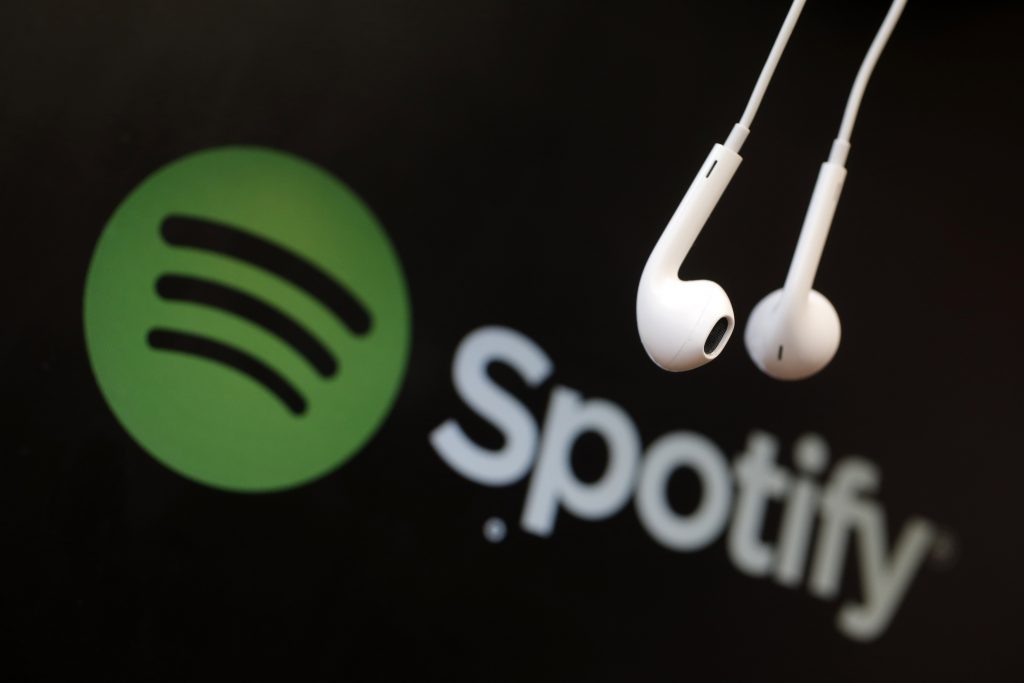 Spotify sets the industry standards and expectations of users of other platforms such as Apple Music and Deezr. Lots of fans of EDM listen to DJ sets and watch their favourite artists live, there are way more who just listen to playlists and online radio mix-shows, where one song ends and the next starts, totally unmixed, so at least this could be the tool that takes these options a bit more smooth and uninterputed, like you’d expect from listening to your favourite Slammin’ Vyil or Dreamscape tapepack (yep I’m old enough to have a had a walkman, manual rewind and fast-forward to find my favourite tracks, the struggle was real.)
Spotify sets the industry standards and expectations of users of other platforms such as Apple Music and Deezr. Lots of fans of EDM listen to DJ sets and watch their favourite artists live, there are way more who just listen to playlists and online radio mix-shows, where one song ends and the next starts, totally unmixed, so at least this could be the tool that takes these options a bit more smooth and uninterputed, like you’d expect from listening to your favourite Slammin’ Vyil or Dreamscape tapepack (yep I’m old enough to have a had a walkman, manual rewind and fast-forward to find my favourite tracks, the struggle was real.)
Spotify’s robot DJisn’t likely to take centre stage at the next Fabric Live night or taking a guest mix slot on Rinse FM (an excellent pirate radio station in London), it could probably fool most people that’s it’s a real DJ in the mix.
Do you think this is a good or a bad thing for the DJ industry? I want to hear your viewpoint below in the comments.


